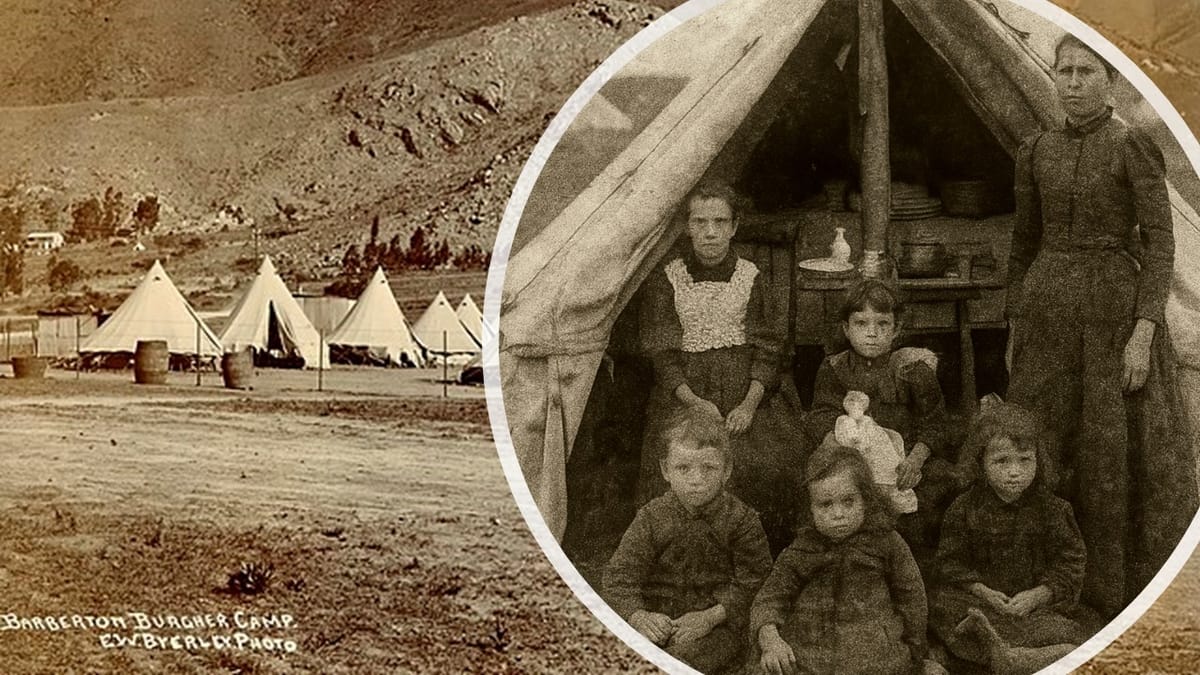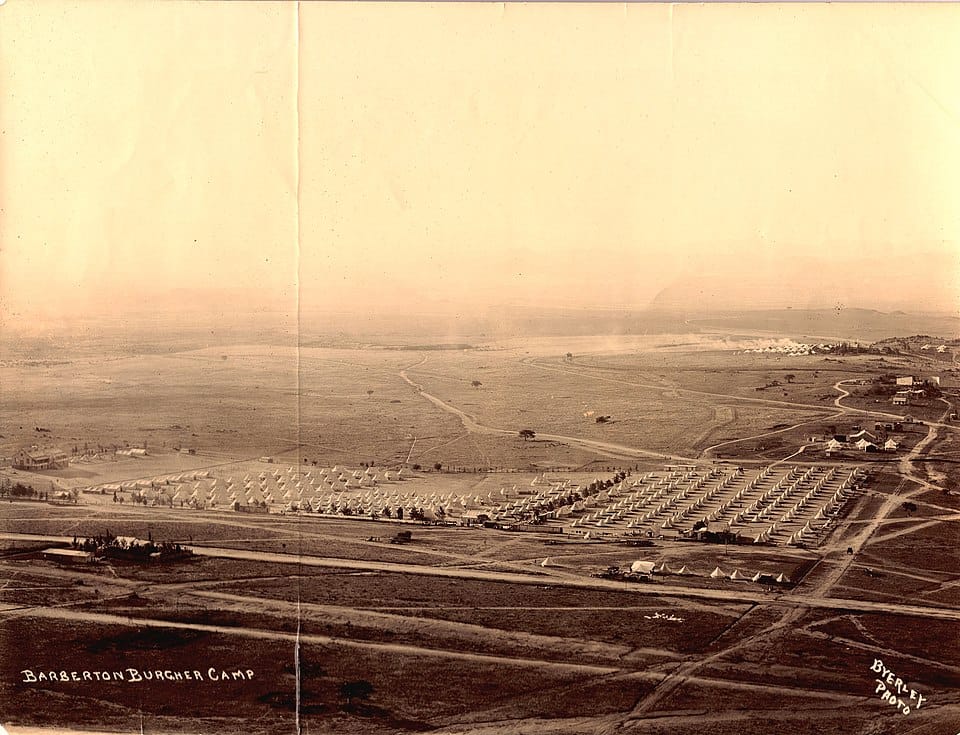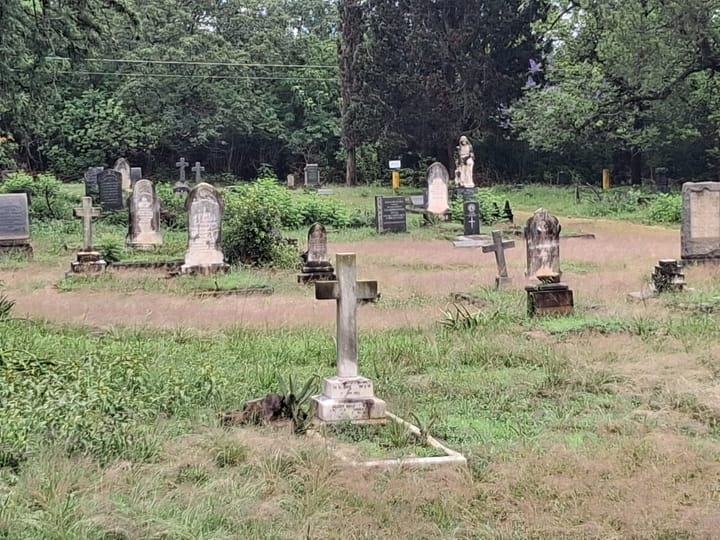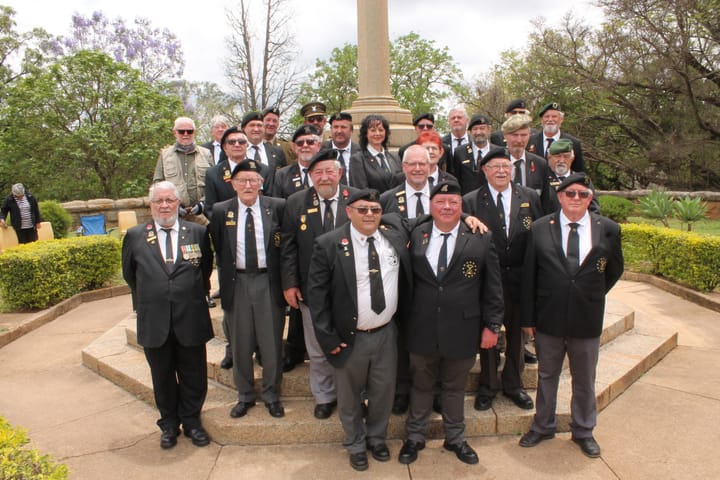Barberton’s concentration camp remembered for hardship and survival
According to official records, 216 people died in the camp, including 182 children under 15.

On the slopes southwest of Barberton lies the overlooked site of one of the town’s most sombre chapters. From February 1901 to December 1902, a British-run concentration camp operated near the town during the Second Anglo-Boer War. It housed between 2 000 and 2 700 Boer civilians, mostly women and children who had been displaced during the British military’s scorched earth campaign.

Barberton’s camp formed part of a wider network of more than 40 camps in the former Transvaal. Although many camps became infamous for poor sanitation, overcrowding, and food shortages, conditions in the Barberton camp were considered comparatively humane.
The camp was managed by B. Graumann, who was recognised for maintaining order and improving basic facilities. Tents were equipped with wooden floors, cots were supplied, and the kitchen served regular meals. By mid-1902, hot water was made available to inmates, a bakery was in operation, and fresh milk was supplied to children.

Despite these efforts, illness was a constant threat. Measles, whooping cough, and malaria broke out periodically, and many young children succumbed. According to official records, 216 people died in the camp of which 182 of them were children under the age of 15.
While Barberton’s mortality rate remained lower than that of larger camps elsewhere, the impact was no less significant. Families were separated, homes destroyed, and lives changed permanently by internment.

Today, the memory of those affected is preserved at the Barberton Cemetery, where a memorial stands to honour the lives lost in the camp. Many of the victims are buried there. The site forms part of the Barberton Heritage Walk and is often included on local historical tours.
Nearby, a stone blockhouse, built by British forces in 1901, that use to stands on a hill overlooking the area, has been relocated and can be seen on the Heritage Walk. It served to protect both the camp and a military hospital and remains a striking reminder of Barberton’s wartime role.
Although small in scale compared to others, the Barberton concentration camp is a key part of the town’s legacy. It reflects both the hardship of war and the quiet endurance of those who lived through it. Preserving this site and the stories it holds is essential to ensuring that Barberton’s history is never forgotten.





Comments ()